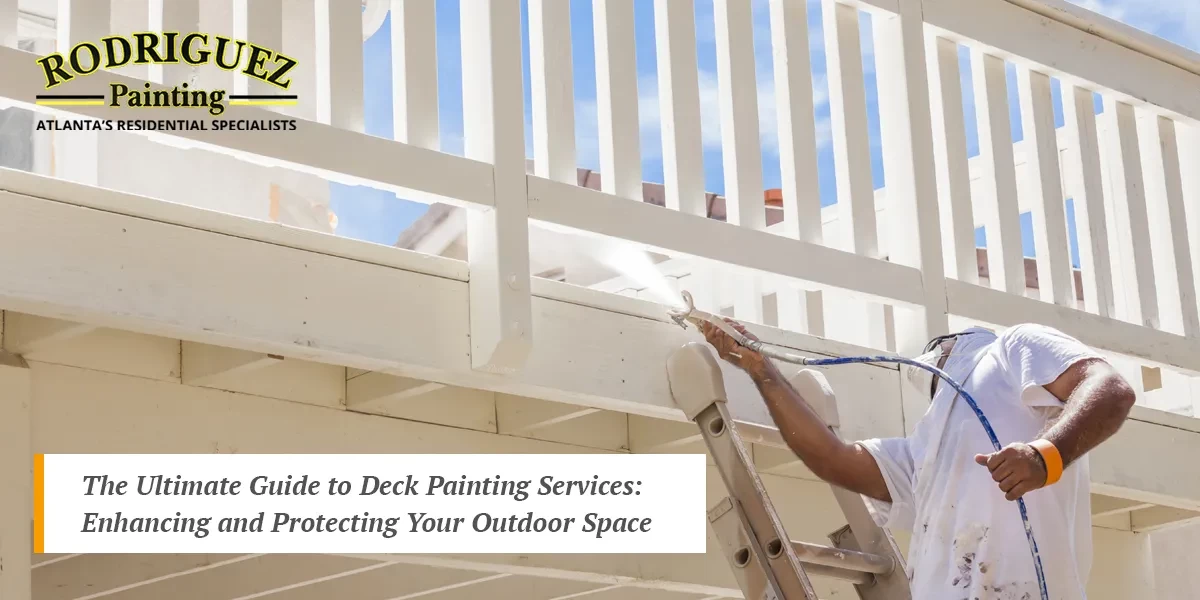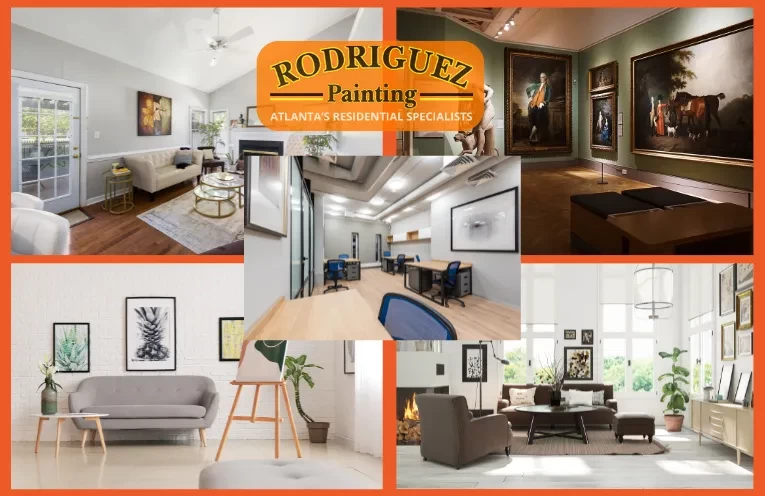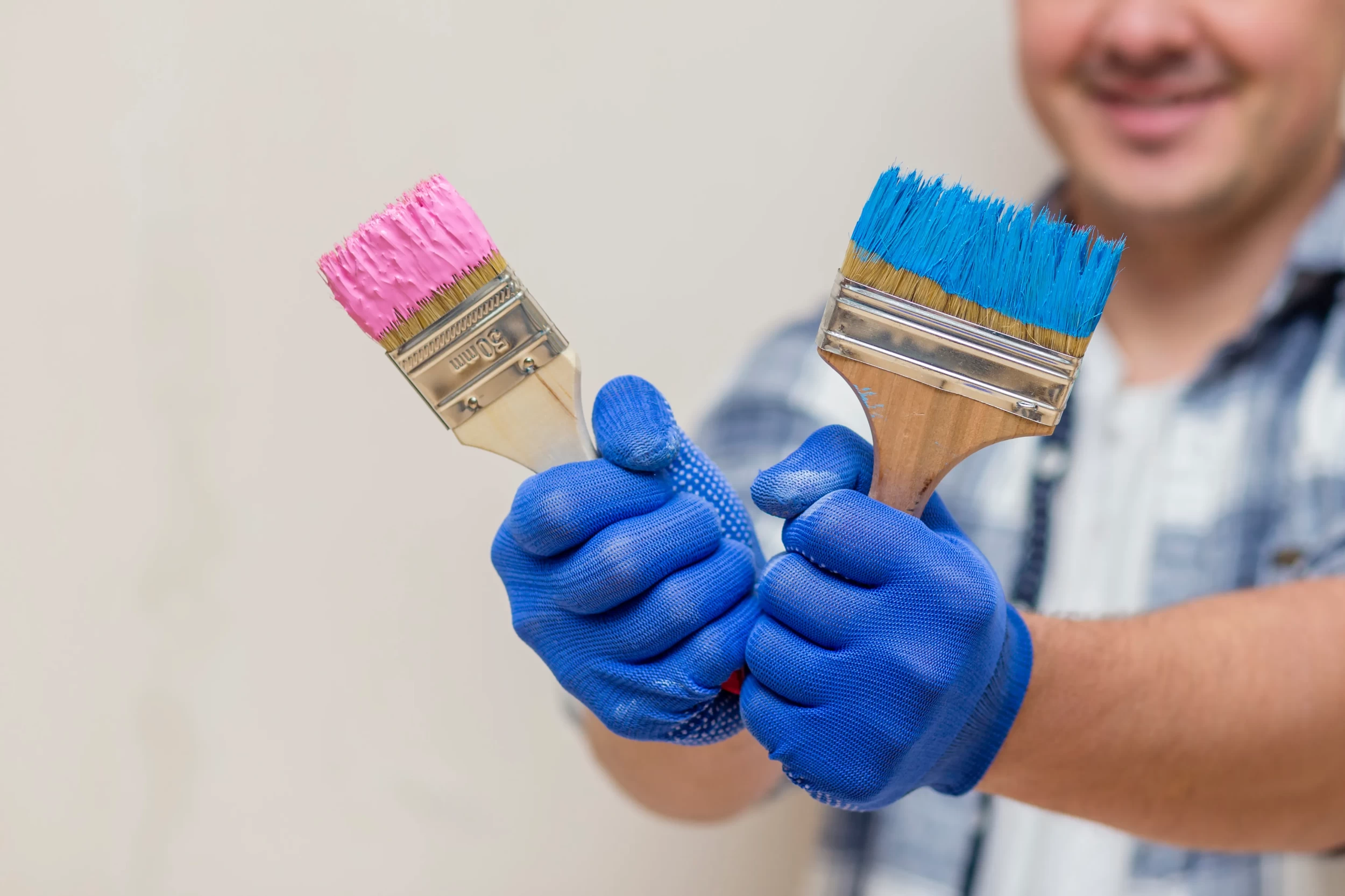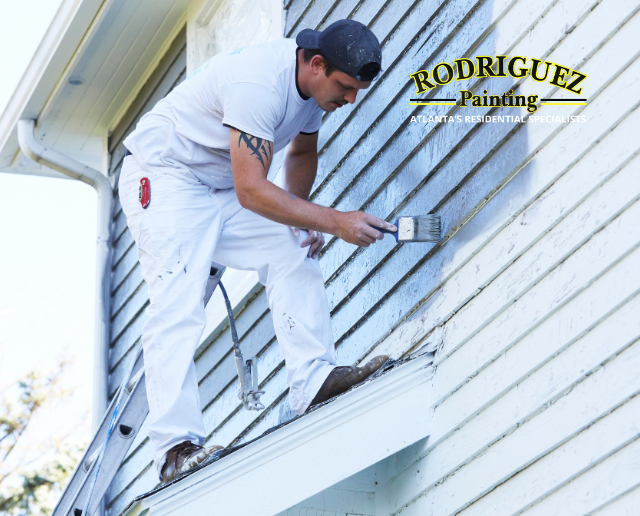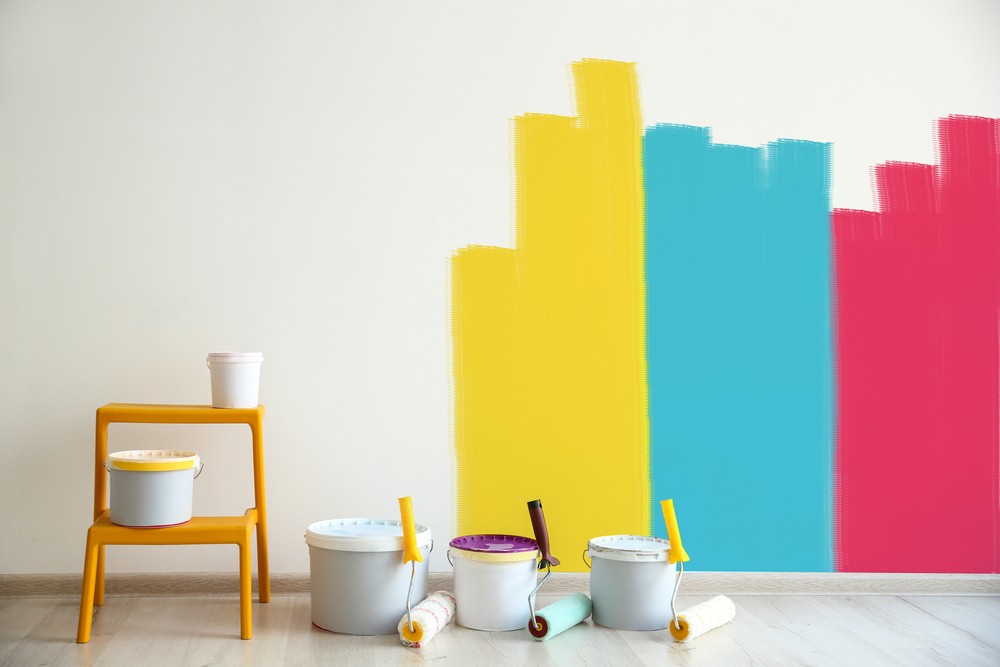
When it comes to painting commercial buildings, such as large storage facilities or retail spaces, the approach significantly differs from residential projects. Factors like pricing, paint types, and finishes play pivotal roles in the success of these endeavors. This article draws on insights and recommendations from diverse platforms like Reddit, and reputable sources including the Whole Building Design Guide (WBDG) and Reynolds Construction & Commercial Roofing. Our goal is to offer practical guidance on selecting the appropriate commercial paint and devising effective pricing strategies for exterior projects.
Pricing Exterior Commercial Painting Jobs
Pricing exterior commercial painting jobs poses unique challenges, particularly for those accustomed to residential projects. A Reddit discussion sheds light on this topic, focusing on a query about bidding for an exterior commercial painting job covering three storage facilities. The key takeaways include:
Calculating Paint Cost
To accurately calculate the cost of paint for a commercial building, a straightforward method involves analyzing the building's total square footage. This is done by dividing the square footage by the coverage area of one gallon of paint, which is typically around 250 square feet. This value is then multiplied by two to account for the required two coats of paint that are generally needed for a thorough job. Finally, this number is multiplied by the price per gallon of the chosen paint. This method ensures that the amount of paint purchased is sufficient for the job while also keeping the costs predictable and manageable.
Estimating Labor Cost
Estimating the labor cost for a commercial painting project is a critical step in preparing a comprehensive bid. A common approach to this is to triple the total material cost. This multiplier is designed to cover not just the direct labor expenses, but also the overheads associated with the project and any additional costs that may arise. This includes equipment rentals, transportation, and miscellaneous expenses that are part of executing a large-scale painting job. By using this method, contractors can provide a more accurate and realistic bid that covers all potential costs.
Spray Application Consideration
When it comes to applying paint on a commercial scale, the method of application is an important factor to consider. While low-pressure sprayers might be suitable for smaller or residential projects, they may not be efficient for larger commercial buildings. In such cases, using a high-volume pump sprayer can be more effective. This type of sprayer can significantly speed up the painting process while ensuring a consistent and high-quality finish. It is particularly useful for covering large surface areas uniformly and quickly, making it an ideal choice for commercial painting projects.
Bid Adjustment
In the context of painting commercial facilities, such as the example of three storage buildings totaling 30,000 square feet, a bid of $1 per square foot was suggested in a discussion. However, it is crucial for contractors to double-check their calculations, particularly when it comes to labor costs. The previously mentioned formula includes both material and labor costs, and overlooking this could result in underestimating the total bid. Accurate bid adjustment ensures that the project is profitable while also being competitive in the market.
Hiring Experienced Painters
Once a bid is accepted, the next critical step is hiring experienced commercial painters. The success of a painting project largely depends on the skills and experience of the painters employed. Experienced painters bring a level of professionalism and expertise that is necessary for handling the complexities of commercial projects. They are adept at managing large-scale tasks, understanding the nuances of different paint types and application methods, and ensuring that the finish is of the highest quality. Investing in skilled labor is essential for the successful completion of a commercial painting project.
Choosing the Right Paint for Commercial Stucco or Cement Buildings
Selecting the appropriate paint for commercial buildings with stucco or cement surfaces is crucial for both aesthetic and durability purposes. Insights from industry discussions suggest several options:
-
Elastomeric Masonry Paint
Often the preferred choice for commercial buildings, especially in regions like California, elastomeric masonry paint is known for its ability to bridge hairline cracks in stucco. This feature not only improves the appearance of the building but also adds to the paint's durability.
-
Dryvit Stucco
This type of paint is renowned for providing long-lasting colored finishes on stucco surfaces. It's a popular choice for commercial buildings due to its resilience and the vibrancy of the colors it offers.
-
Surface and Warranty Considerations
Before choosing paint, it's important to assess the condition of the surface, especially if the project involves repainting. Additionally, considering the warranties offered by paint manufacturers is a wise step. Some paints come with limited warranties, which can provide additional assurance of the product's quality and longevity.
-
Color Stucco Durability
Choosing colored stucco for commercial buildings is a practical decision due to its long-lasting properties. It maintains its appearance over time, even under various environmental conditions, making it a reliable choice for commercial exteriors.
Types of Commercial Paints
Understanding the variety of paints available for commercial use is crucial for selecting the most suitable option for each project. Different paint types offer distinct advantages and are chosen based on specific requirements of the project.
-
Acrylic Latex Paint: This type of paint is widely preferred in the commercial sector due to its rapid drying time. Its quick-drying nature helps in speeding up the painting process, which is particularly beneficial in time-sensitive projects. Acrylic latex is also known for its durability and ability to withstand various environmental conditions, making it a practical choice for both interior and exterior applications.
-
Oil-Based Enamel: Known for its durability, oil-based enamel provides a hard, long-lasting finish. However, it is important to note that over time, this type of paint can fade and yellow, especially when used in areas exposed to sunlight or heat. This factor needs to be considered when choosing oil-based enamel for commercial projects.
-
Water-Based Enamel: This paint type combines durability with quick drying properties. Water-based enamel is a popular choice for commercial applications due to its ease of use and relatively low odor compared to oil-based paints. It also provides a durable finish that can withstand regular wear and tear.
-
Lacquers: Commonly used in commercial cabinet shops, lacquers are known for their fast-drying properties and ability to provide a hard, durable finish. This makes them ideal for furniture and cabinetry in commercial spaces where a high-quality, lasting finish is required.
-
Priming and Preparation: No painting project can be successful without proper surface preparation. This includes adequate sanding and the use of the correct primer. These steps are essential for ensuring that the paint adheres properly and provides a professional finish.
-
Quality Brands: When it comes to commercial painting, choosing high-quality paint brands can make a significant difference. Brands like Benjamin Moore and Sherwin-Williams are recommended for their consistent quality. Using these premium brands can lead to cost savings in the long run due to their coverage efficiency, often requiring fewer coats compared to lesser quality paints.
Choosing the Right Commercial Paint Finish
The finish of the paint plays a pivotal role in the final appearance and maintenance requirements of the painted surface. Different finishes are suited for different areas depending on factors like the frequency of cleaning and the type of surface.
-
Matte or Flat Finishes: These finishes are known for their non-reflective appearance, making them a cost-effective option for large areas. However, they can be challenging to clean and are not typically recommended for high-traffic areas where frequent cleaning might be necessary.
-
Eggshell Finishes: Offering a slight sheen, eggshell finishes are easier to clean than matte finishes and are thus more suitable for interior walls in commercial settings. They can effectively hide imperfections on surfaces while providing a cleanable and attractive finish.
-
Satin Finishes: Satin finishes strike a balance between matte and gloss, offering resistance to smudges and fingerprints. They are versatile and can be used on both major surfaces and trims. This finish is particularly useful in areas where a balance between aesthetics and maintenance is needed.
-
Semi-Gloss and Gloss Finishes: For areas that require high durability and ease of cleaning, semi-gloss and gloss finishes are ideal. They are best suited for smooth surfaces in high-traffic areas. Their reflective nature not only enhances the appearance but also allows for easy cleaning.
Final Thoughts
Selecting the right type of commercial paint and the appropriate pricing strategy is crucial for the success of any exterior painting project. Insights and recommendations from online forums and industry experts provide invaluable guidance for contractors and painters in the commercial sector. By carefully considering the type of paint, the surface to be painted, the desired finish, and the pricing strategy, professionals can ensure that their commercial painting projects are both aesthetically pleasing and durable, ultimately leading to successful outcomes.





